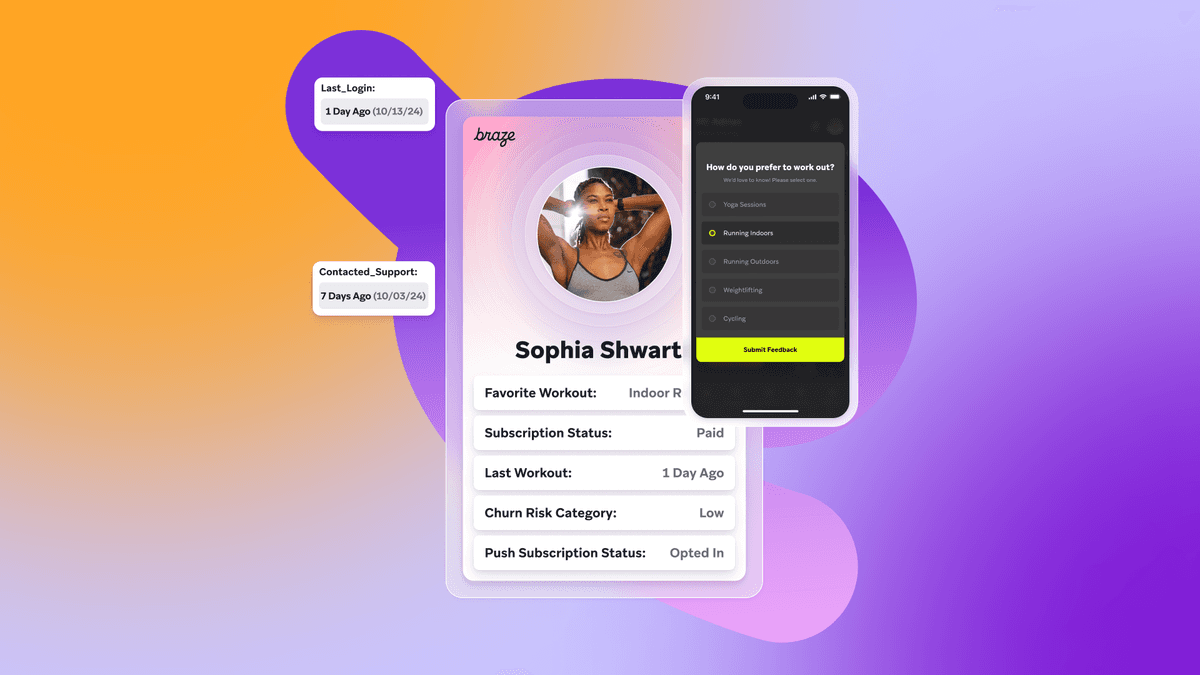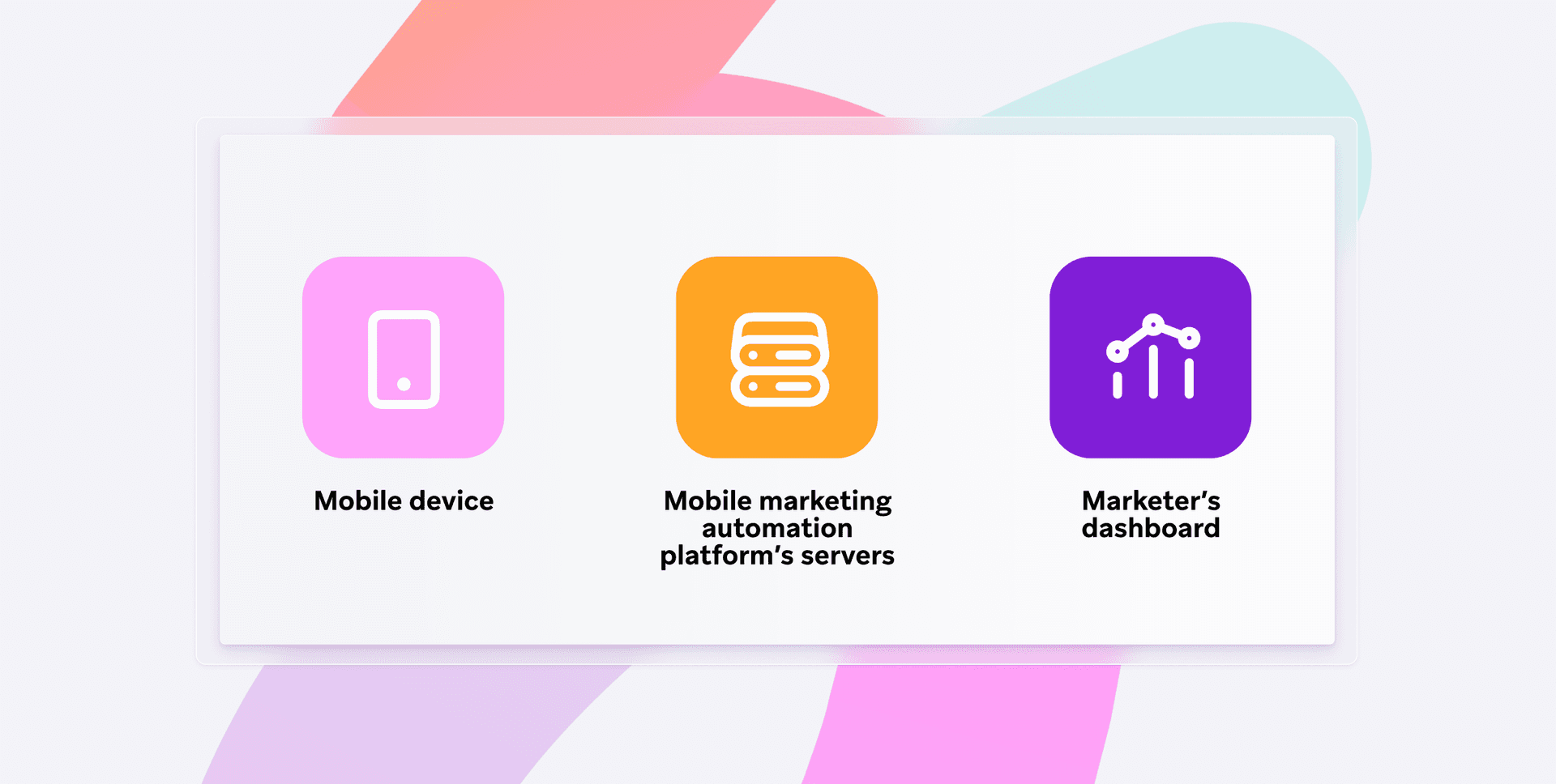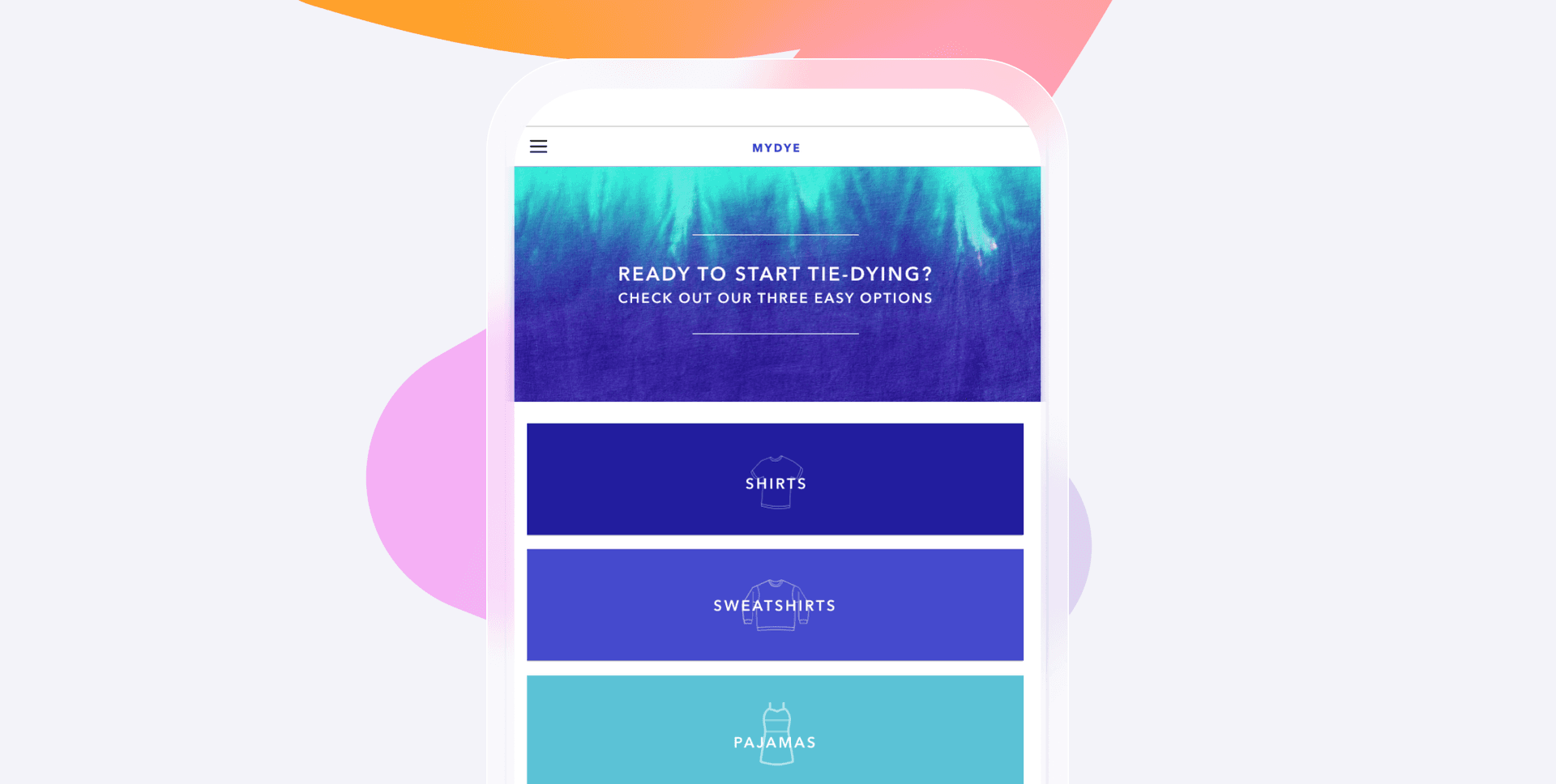Everything to Know about Customer Data
Published on December 11, 2024/Last edited on December 11, 2024/12 min read

Published on December 11, 2024/Last edited on December 11, 2024/12 min read


Customer data is powerful stuff. When marketers understand their customers more deeply, acquisition, monetization, and retention rates soar. Naturally, this results in higher profits and a brand that people can’t live without.
The value of customer data isn’t up for debate. According to Forbes, customer-centric businesses are 60% more profitable than competitors. And those delivering rich customer experiences generate nearly 6x the revenue of others.
You know data’s important, but what else do you know about it? Read on to learn more.
Before you start gathering customer data, be sure to align with your cross-functional teams, including marketing, data analysis, and any technical teams that will manage the data on a data collection strategy. Ultimately, this strategy will be unique to your brand identity, specific use cases, and customer needs. But, there are some basics that everyone should consider:
Begin by clearly defining your marketing objectives. Understanding what you want to achieve—whether it's increasing brand awareness, boosting sales, or enhancing customer engagement—will guide your data collection efforts and help you determine what information is most relevant to your strategy.
Take inventory of the user data currently available to you. This includes demographic information, purchase history, website interactions, and engagement metrics. Knowing what data you possess will allow you to assess its relevance to your marketing goals and identify any gaps that need to be filled.
Review your existing data for accuracy and compliance with local regulations. Eliminate any information that is incorrect, no longer relevant, or fails to comply with legal standards. This step is crucial to ensure that your marketing efforts are based on reliable data, which can improve decision-making and enhance customer trust.
Organize your data into a centralized system that allows for easy access and management. Implement tools that enable real-time updates to ensure that your data remains current and actionable. This will facilitate timely insights and allow your marketing team to respond quickly to changing customer behaviors and market conditions.
Broadly speaking, there are three, high-level categories of customer data:
Also known as attributes, a big chunk of this data is collected when customers create accounts with your brand. This data may also come from click-to-install advertising campaigns, such as those targeting specific age groups or locations. In general, common data points include:
Most companies ask customers questions via preference centers or other feedback loops to understand which content, products, or services customers prefer. In general, common data points include:
Behavioral data is a collection of all customer actions across your apps, websites, email lists, etc. In general, common data points include:
For the majority of the brands, the challenge isn’t always what data to collect. Instead, it’s knowing what to do with it. That’s why, per some estimates, 87% of the marketers say data is their company's most underused asset.
As batch and blast marketing proves to be ineffective (and off-putting), smart brands like Burger King, Overstock, and Canva ensure customer data is put to use. These brands use customer information to create more effective, personalized marketing campaigns using these advanced features:
Privacy compliance has become a complicated issue for businesses as there are many laws and regulations to consider, such as the EU’s General Data Protection Regulation (GDPR), the California Consumer Privacy Act (CCPA), and industry guidelines such as Apple’s recent focus on privacy, and others.
Aside from enabling you to comply with the GDPR, the CCPA, HIPAA, and others, trustworthy privacy practices have many human-centric benefits that bring your customer back multiple times. The following are some good practices that may help building trust with your customers:

Gathering customer information on mobile is much easier with a mobile marketing automation platform. Once you have one, and you’ve integrated the platform’s SDK into your app, you can identify and track customer information right from your app. Then, that info will feed itself to your automation platform’s dashboard. There, you can see all your data, decide how useful it is, and determine what to do with it.
If your brand collects point-of-sale data from physical locations or other, non-mobile customer datasets, you can also port that info into your mobile marketing automation platform. The goal is to centralize all customer data within your marketing platform, so you have a clear view of customer behavior, not an unwieldy mess of single data sources. From there, it’s much easier to determine analytics on customer data.
There are two different kinds of apps that require unique inputs to support your mobile marketing efforts:
Imagine a brand is launching an app that allows users to tie-dye clothing on-demand. Let’s call it: MyDye.

To be successful, people need to download and pay for the service. If that doesn’t happen, your app doesn’t happen. But before someone can purchase a tie-dyeing service, several things need to occur. That person needs to:
These are the essential steps between a first session – and a first purchase. Now, consider what data needs to be tracked to understand how customers are engaging during each point.
Opening the app
Learning to navigate the app
Looking at some (or all) of the tie-dyeing options
Choosing one of the tie-dying options
Inputting payment info
Completing the order
Streaming Video Apps
Imagine another brand, CatFailz, is launching a new app that’s dedicated to cat videos.

For streaming apps, the key success metric isn’t whether a customer streams a particular piece of content. Instead, it’s how consistently and frequently they engage with content. When customers stream on a regular basis, they’re more likely to stick around. That makes it easier to monetize engagement by selling ads or promoting paid subscription tiers.
Similar to on-demand apps, understanding the events that precede spending is essential to understand the data you need to collect. To enjoy streaming on a regular basis, users need to:
Knowing the steps makes it possible to identify what customer data you’ll need to track.
Opening the app
Learning to navigate the app
Looking at some (or all) of the video categories
Watching a cat video
Watching additional cat videos with regularity
When considering what data to track, decide on how granular to get. Do you need to know whether customers buy particular items? Or, is it enough to know that they purchased something, and that something fits into a category. Generally, verticals with smaller item numbers are well-served by tracking customer behavior in accordance with each item. However, verticals that feature thousands (or millions) of items benefit from focusing on higher-level categories.
Because CatFailz has a large volume of cat videos, their team should focus on what kinds of videos customers prefer, based on their category selections, rather than tracking every single cat video and whether or not it’s watched.
Ultimately, the customer data you collect should derive from your unique business needs—not by what your competitors are doing.
The data you collect through your mobile marketing automation platform is intended to help your marketing efforts. However, there may be important information that can be used elsewhere. If your platform supports it, export captured data for further processing and analysis by your business intelligence team. This enables other teams and systems to benefit from the analytics on customer data, which may improve workflows, incentives, and performance.
Having detailed engagement data improves outreach across a variety of channels, including push notifications, email, and in-app messages. For instance, if a customer carries out a certain action, it’s possible to trigger messaging campaigns when that action takes place. This makes your marketing more responsive – and more relevant – to the people receiving your messages.
Behavioral data that’s tracked using a mobile marketing automation platform can also be used to create a series of personalized messages. Personalization can be as simple as inserting a customer’s name into emails, or as complex as changing push notifications based on current weather conditions.
The best customer data strategies and data collection systems are often ruined by outdated technology. When systems don’t speak to each other or don’t do so in real time, you’re at a serious disadvantage. No worries—our guide to marketing tech stacks and data ecosystems highlights the benefits of real-time, streaming data. You’ll also learn how to eliminate MarTech stack silos to enable more efficient, effective cross-channel customer engagement.
How to Balance Personalization and Privacy
You’re ready to deliver personalized experiences across channels. You’re ready to leverage real-time customer data that reflects each individual’s preferences and behaviors. One problem: Strict data privacy laws are on the rise and the future third-party cookies remains uncertain. Knowing that, it’s time to rethink collecting, storing, and using data. Download Minimum Viable Data: What You Need to Balance Personalization and Privacy to learn more.
Customer Data FAQs
Data can be categorized into three types: Demographic, behavioral, and transactional.
Customer data can be used to inform and refine marketing campaigns, social content, or anything else that faces consumers. Customer data can also help you segment audiences, conduct surveys, and deliver relevant experiences that keep your customers engaged and result in better business outcomes.
In some instances, customer data can be used by non-marketing teams to revise strategies, incentives, and workflows.
Collecting customer data can be done in a variety of ways. Most digital media (websites, apps, social media sites) have data collection built into their services. Many cross-channel marketing platforms provide the functionality to easily collect, organize, and activate customer data from a variety of sources. Additionally, some brands may choose to invest in a Customer Data Platform to manage their data for use cases that extend beyond marketing, such as sales, and services, customer support, business intelligence, and more. Companies also collect customer data via surveys, loyalty cards, and focus groups. Either way, it’s important to ensure your data collection methods integrate well with each other and protect your customers.
Companies use customer data in several ways. Broadly speaking, this data is used to segment audiences and personalize marketing campaigns based on the interests and tendencies of unique audience segments.
Customer data is also used to inform high-level business decisions like product development, marketing budgets, and staffing.
Given the obvious nature of our digital society, brands pay special attention to data protection. Companies emphasize data transparency and data permissions so consumers can choose what to share. Further security measures include centralizing data supplies, investing in encryption technology, and implementing security tools like firewalls, anti-virus softwares, and two-factor authentication.
Sign up for regular updates from Braze.




